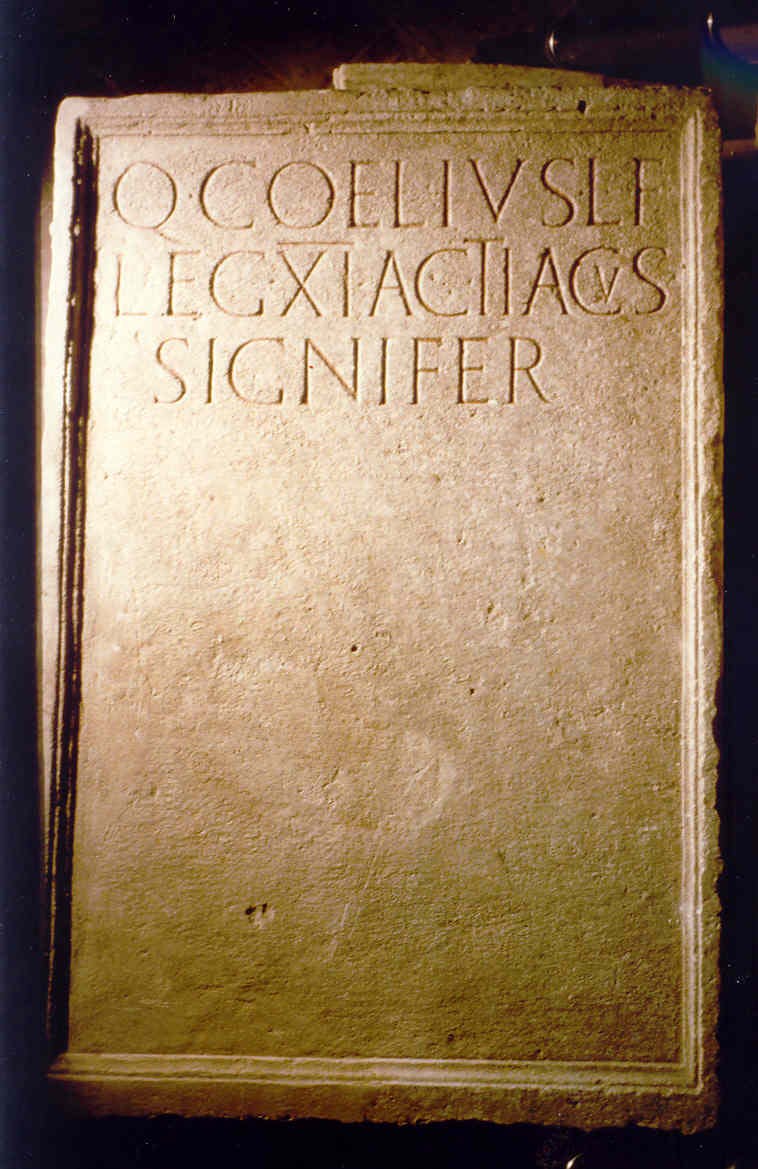Memorial stone of Quintus Coelius Actiacus
Roman Art
The memorial stone comes from a tomb found in the 1700s in Monselice, in the province of Padua, in what was once the territory of ancient Ateste (CIL V 2503; EDR 130588).
It was then later walled up outside the Oddi family chapel in the same town, to later become part of the private collection of the same noble family.
From here the altar passed into the Detlef Heikamp collection, where it remained until 1994 when it was donated to the Uffizi where it still stands today.
It is a limestone artifact with shell material included. Bring back a partially remodeled stucco frame, as well as the lower left corner. The textual part is written in Latin capital.
Text
Q(uintus) Coelius L(uci) f(ilius)
leg(ionis) X̅I̅ Actiacus
signifer.
(to) Quintus Coelius, Son of Lucio,
Belonging to the eleventh legion, fighting in Actium
Signiferous
The altar was dedicated to a veteran of Augustus, who had been assigned a plot of land in the colony of Ateste.
The epithet Actiacus refers to his participation in the naval battle of Actium which took place on 2 September 31 BC. This is the decisive clash between Octavian and Mark Anthony.
Also remembered is the legion of the deceased, the eleventh, who in the aforementioned clash was deployed alongside the future emperor Augustus, before being moved by the Emperor himself to the Balkans where he stayed for almost a century.
The role that Coelius exercised in life in the afferent military team was that of signifer. The bearer of the signum was part of that small group of non-commissioned officers called principales whose task was to hold and transport a pole to which phalerae, tables with the unit's data, were affixed, which constituted the insignia of the manipulus, a military unit formed by two centuriae.
E. Buchi (a cura di), Il cittadino, lo straniero, il barbaro, fra integrazione ed emarginazione nell'antichità. Atti del I Incontro Internazionale di Storia Antica, Genova 22-24 maggio 2003 (Serta Antiqua et Mediaevalia, VII), Roma 2005, p. 216, nt. 23.
